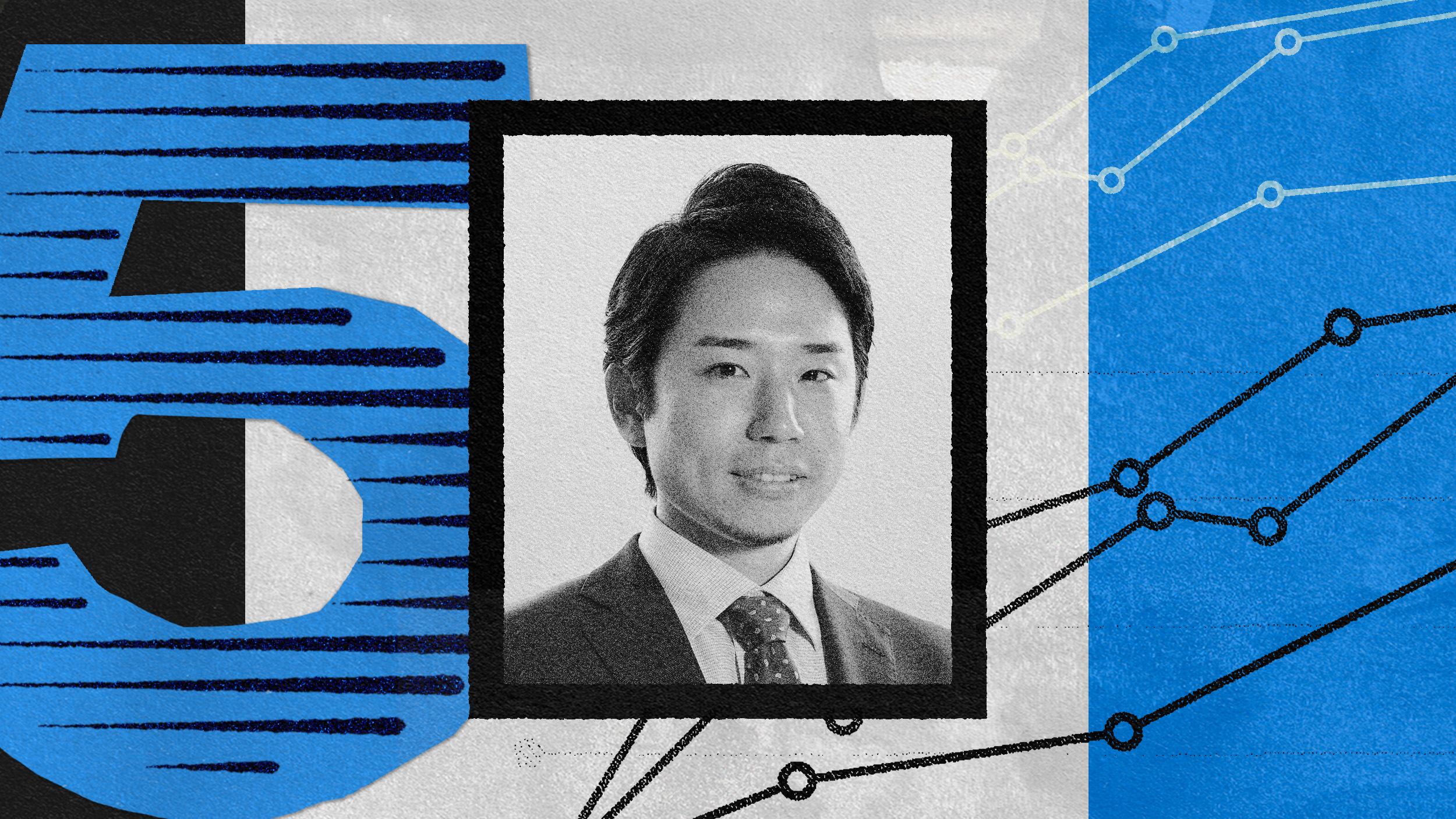Why leaders should be wary of “silver bullets” and “disguised donkeys”

- Most leaders have become used to focusing on the “crisis at hand” and reaching for quick “silver bullet” solutions.
- Leaders comfortable with a state of “not knowing” often appear far more in touch with reality.
- By becoming less dependent on experts, leaders can open up a range of fresh possibilities.
“Good managers [and leaders I suggest] fail when they attempt to use silver-bullet solutions to complex problems.”
James A. Highsmith, Adaptive Software Development (2013)
Given that a leader’s main challenge is “creating an organization that can thrive and change, or at least be comfortable in change,” according to Diana Wu David, that creates tension. Wu David is a former Financial Times Executive, was a management consultant, and is currently a lecturer on Columbia Business School’s EMBA Global Asia. Twenty years ago, through the advent of Lean, Six Sigma and Deming-inspired approaches to efficiency, leaders were encouraged to become experts at “just in time.” Wu David says, that leaders “got good at ‘just in time’ and are having to get used to ‘just in case’.”
Leaders have “got used to focusing on whatever crisis is at hand and extrapolating on that, rather than looking beyond that” and seeing the bigger picture and context, says Wu David. This is not helped, suggests Dr. Richard Claydon (Chief Cognitive Officer of EQ Lab), by “the degree to which many executives are wedded to the complicated strategies, expensive frameworks, and outdated developmental methodologies, also favored by business schools and big consultancies.” He goes on to point out the promises being made, and the inherent absurdity of that expectation, which reflects a central premise of my own arguments regarding the buying and selling of “silver bullets.”
My own experience, through observing myself and others in organizations, is that we reduce anxiety by ‘doing’, i.e. taking action. Silver bullets meet that need, promising quick fixes while simultaneously leaders are under corporate, reputational and narcissistic/egoic pressures to be seen to be potent and capable. This often drives short-termism and unintended consequences. These can never be fully prevented, but their negative impacts could be mitigated to some extent or adjusted to through reflection and ongoing monitoring.

For many leaders, the reality is that you simply do not and cannot know what will work, yet the pressures and expectations, both those you place on yourself and what is projected onto you by others, have the potential to generate anxiety, fear, distress and other uncomfortable thoughts and feelings, as you wrestle with the reality of not knowing what, precisely, is the best course of action to pursue.
Functional collusion presents another challenge to exploring these tensions, in that it connects directly with shame. After all, those of us comfortable enough to talk about how our shame may be influencing our behavior and decisions are few. There are inherent risks of being seen to make the “wrong decision,” of being exposed as a fraud or having your persona as an infallible leader challenged.
The ask, aside from addressing whatever you are facing organizationally, is to get more comfortable with not knowing the answer. One clue to how you act when faced with situations like this might be the COVID pandemic, which provided a global case study on how to respond to something that is a personal unknown and has no obvious answer. While the scale and magnitude of change and uncertainty may differ, the challenge is similar in terms of understanding how we as human beings respond to “not knowing.”
As we saw in the very public responses of politicians and leaders across the planet, those that were able to work with and in a state of not knowing ended up appearing far more in touch with reality. They did not make promises they could not keep, and they were better able to respond to what was emerging in a rapidly changing crisis. To offer just two examples, compare Jacinda Ardern and Donald Trump. It’s hard to find a bigger contrast in modern leadership than those two in humility, humanity, collaborative practice and the ability to respond rather than react. You can decide which leader is which in this comparison. I leave you to draw your own conclusions, but merely ask that you use these circumstances and examples to make that judgement, rather than leaping to conclusions, which is where the armory of silver bullets is often to be found.
If you can move away from an anxiety-driven need for certainty, then you are on the way to recognizing that the answer to successful change lies in a willingness to conduct experiments and to learn from them.
Having burst your balloon (sorry about that), now let me move to the upside. For starters, if you can move away from an anxiety-driven need for certainty, then you are on the way to recognizing that the answer to successful change lies in a willingness to conduct experiments and to learn from them. You will begin to become less dependent on various “experts,” and to see them as collaborative partners rather than saviors.
Doing so will reveal a range of possibilities opening beyond the ones habitually reached for. Some will be old ideas rehashed but still relevant and useful, others may be re-frames and spins on what came before. Occasionally, very occasionally, you may stumble upon that rare thing: a genuinely novel, new and different “answer.”
Like unicorns, these are rare animals, very hard to find. They often turn out to be a horse with a glittery plastic horn strapped on its head rather than anything more fantastic. If you are lucky, it’s a horse, because a fair few will probably be well-disguised donkeys. To be clear, donkeys have utility, but not when you are paying over the odds and are expecting a unicorn farting rainbows. Of course this metaphor brings us back to the central problem: that unicorns are fairy tales, and we need to get beyond these in leadership, consulting and organizational theory to something closer to reality.





